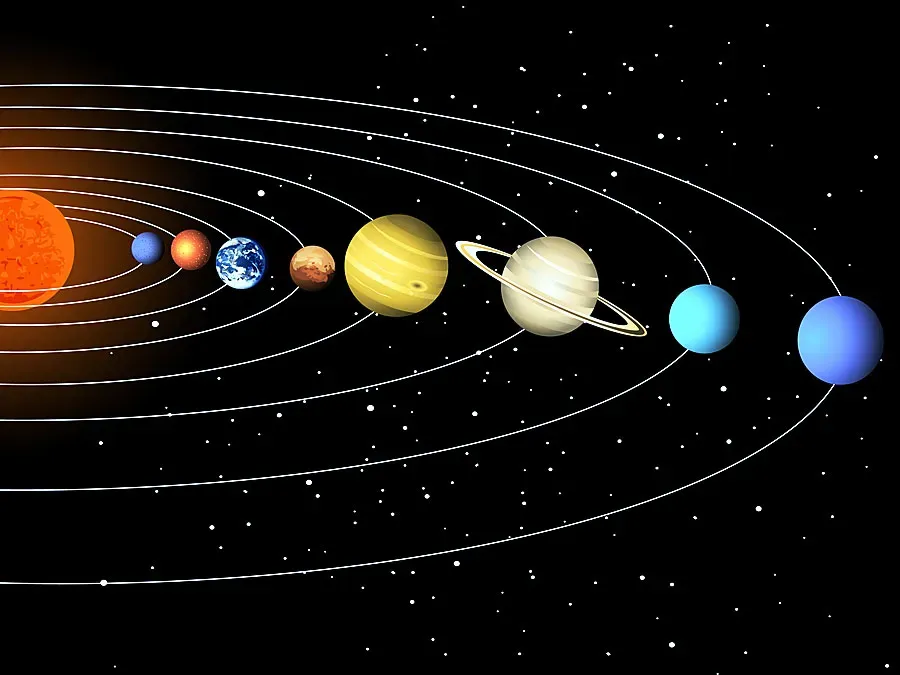- Home >
- Science
- > Technology
A Model of the Cosmos
A Model of the Cosmos explores the philosophical and scientific theories that have shaped humanity's understanding of the universe. It delves into ancient cosmological views, the shift brought by the Copernican Revolution, and the impact of modern physics, like relativity and quantum mechanics. The work examines how these models influence our perception of reality and our place within the cosmos. It emphasizes the interplay between observation, theory, and cultural context in shaping our cosmic understanding.

The universe has fascinated humanity for centuries, and various models have been proposed to help us understand its structure and behavior. One such model is known as the ''Model of the Cosmos''. This model serves as a framework for understanding the vastness of space and the relationships between celestial bodies. In this article, we will explore the components of the Model of the Cosmos, its significance, and how it relates to ''referrerAdCreative'' in the digital marketing landscape.
Understanding the Model of the Cosmos
The Model of the Cosmos can be visualized through various representations, including diagrams and charts. At its core, this model illustrates the organization of galaxies, stars, planets, and other cosmic entities within the universe. The chart below provides a simplified view of how these celestial bodies are arranged:
| Component | Description |
|---|---|
| Galaxies | Massive systems of stars, gas, dust, and dark matter bound together by gravity. |
| Stars | Luminous spheres of plasma that emit light and heat through nuclear fusion. |
| Planets | Celestial bodies orbiting stars, varying in size and composition. |
| Dark Matter | An invisible substance that makes up a significant portion of the universe's mass. |
| Black Holes | Regions of spacetime exhibiting gravitational forces so strong that nothing can escape from them. |
Each of these components plays a critical role in the overall structure of the universe. Understanding their relationships helps astronomers and cosmologists to develop theories about the universe's formation and evolution.
The Significance of the Model of the Cosmos
The Model of the Cosmos is not just a theoretical construct; it has practical implications for various fields, including astronomy, physics, and even digital marketing. By examining how celestial bodies interact, scientists gain insights into fundamental questions about the nature of existence, the origins of the universe, and the potential for life beyond Earth.
In the context of ''referrerAdCreative'', understanding the Model of the Cosmos can provide valuable lessons about the interconnectedness of online platforms and audience engagement. Just as celestial bodies influence one another through gravitational forces, online content and advertisements interact with users and drive engagement through various digital channels.
Applying the Cosmos Model to Digital Marketing
In digital marketing, the concept of a model can be applied to optimize advertising strategies. Just as astronomers use models to predict celestial events, marketers utilize data-driven models to forecast consumer behavior and improve their campaigns. Here are ways the Model of the Cosmos can be translated into effective marketing practices:
- Target Audience Segmentation: Just as galaxies contain different types of stars, audiences can be segmented based on demographics, interests, and behaviors. Tailoring advertisements to specific segments increases relevance and engagement.
- Content Creation: Similar to how stars produce light, compelling content can illuminate a brand's message. High-quality, engaging content drives traffic and encourages sharing, enhancing the overall effectiveness of ''referrerAdCreative''.
- Measuring Impact: Just as astronomers track the movement of celestial bodies, marketers should monitor the performance of their campaigns. Key performance indicators (KPIs) help assess the effectiveness of ads and guide future strategies.
The Future of the Model of the Cosmos
As our understanding of the universe continues to evolve, so too will the Model of the Cosmos. Advances in technology, such as the development of more powerful telescopes and data analysis tools, are likely to reveal new insights into the universe's structure and behavior.
In parallel, the digital marketing landscape is also undergoing rapid changes. The rise of artificial intelligence and machine learning is transforming how marketers approach ''referrerAdCreative''. These technologies can analyze vast amounts of data to predict trends and consumer preferences, allowing for more personalized and effective advertising strategies.
Conclusion
The Model of the Cosmos provides a fascinating framework for understanding the universe and its components. By examining the relationships between celestial bodies, we gain insights that can be applied beyond the field of astronomy. In digital marketing, particularly in the realm of ''referrerAdCreative'', the principles derived from this model can enhance audience engagement and optimize advertising strategies.
As we continue to unravel the mysteries of the cosmos, we also have the opportunity to refine our approaches in the digital space, creating a more interconnected and effective marketing universe.












